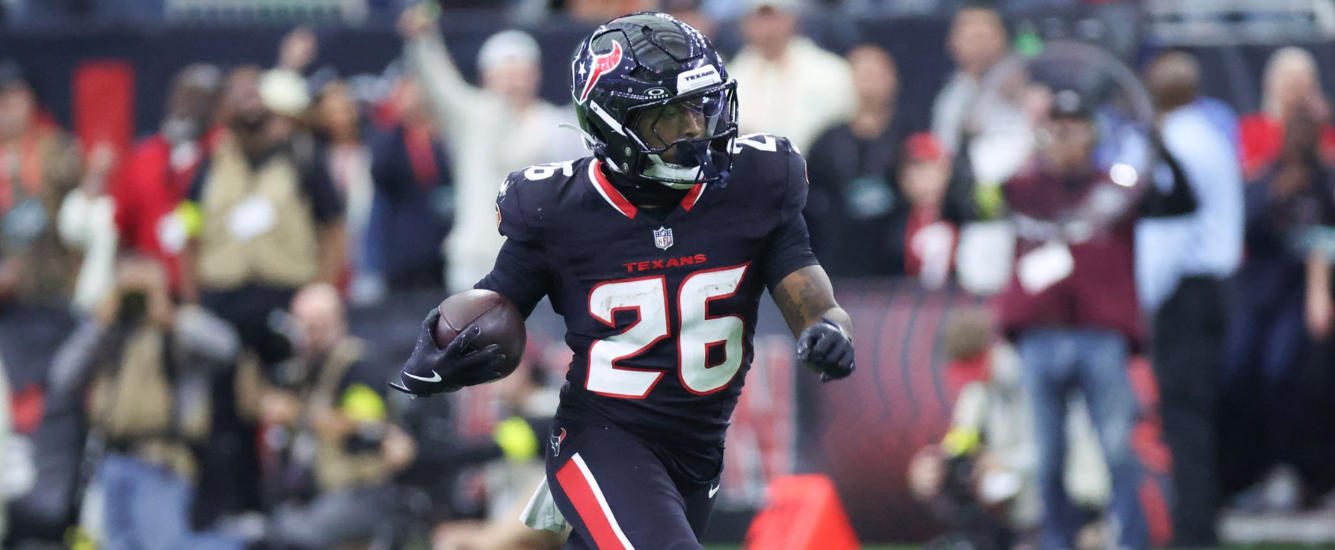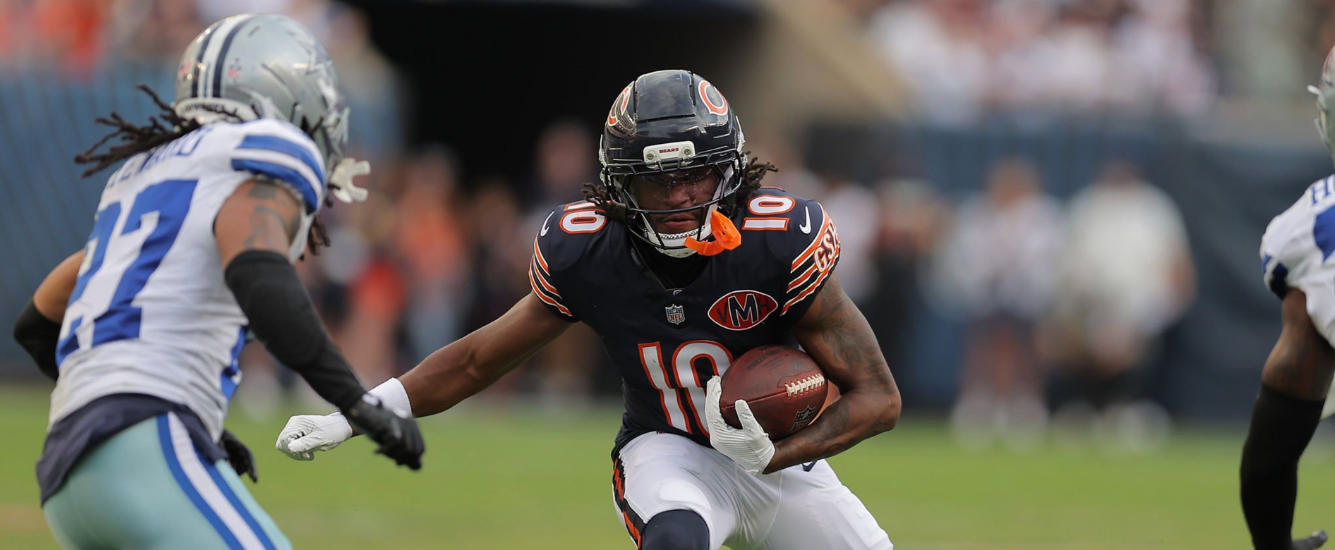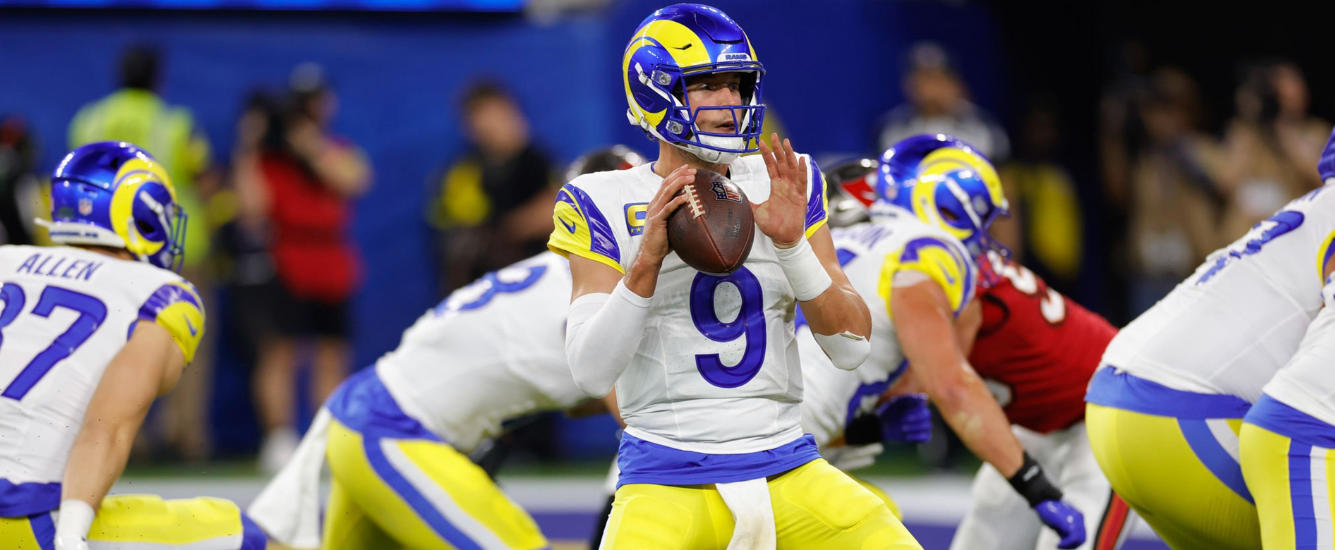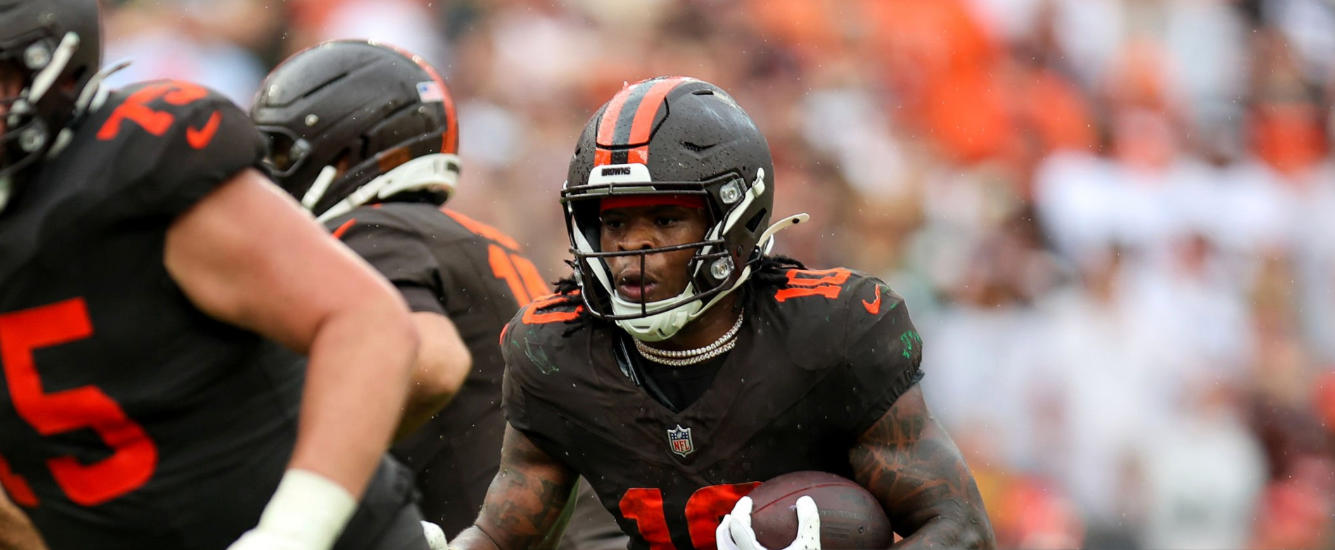Running back-heavy constructions are all the rage in 2020. This is despite research that repeatedly shows the flaws in this approach. One persistent narrative may be the culprit: wide receiver is deep.
This is certainly not the case from an evidence-based perspective. The Win the Flex tool shows you how many points have been scored relative to ADP by the different positions. After the megastar RBs at the top of the draft, WR quickly opens a massive gap.
RB and WR Scoring Relative to ADP 2017-2019

That gap starts to close at approximately the same time RB-heavy drafters switch to selecting WRs. In fact, if you turn on the VBD baselines function and choose a 3-RB, 3-WR league (essentially an FFPC format where you assume 1-RB and 1-WR in your flex positions), RBs trail WRs throughout the high-leverage rounds but swap to relative values around pick 65. They hold that advantage to around pick 150.
It may be tempting to think actual leagues do not play out like this, that there is some special function of the market that makes RB-heavy successful anyway, but the win rates in the Roster Construction Explorer tell us this is not the case. Draft an RB-heavy team and you must be much better at picking players because you’re at a sizable structural disadvantage. In fact, the advantage to WR-heavy teams may be even larger than the VBD numbers suggest, which is exactly what Zero RB, Antifragility, and the Myth of Value-Based Drafting proposes.
Of course, the idea that “WR is deeeeeep” is more a narrative position than something lodged in the evidence.[1]WR1 scoring was down again last year, while WR2 and WR3 trend in a slightly positive direction. Unfortunately, the WR2 and WR3 levels were still well below 2014-2016 levels, indicating that WR is shallower than in the past. To convince you that RB is bottomless, I need to sell you on some actual players.
The idea for this article came from playing in real leagues. I always enjoy the early picks in my WR-heavy drafts, but once I pivoted to RB something strange happened. Instead of feeling that vague panic about my RB corps, a sense of disquietude definitely present during the Zero RB heyday, I found just the opposite. I wanted to keep drafting runners. As The Dude would say, albeit in a context that doesn’t translate: There was no bottom.
Are we entering a new Golden Age of the late-round RB? Let me try to convince you.
Footnotes[+]Footnotes[−]
| ↑1 | WR1 scoring was down again last year, while WR2 and WR3 trend in a slightly positive direction. Unfortunately, the WR2 and WR3 levels were still well below 2014-2016 levels, indicating that WR is shallower than in the past. |
|---|



















